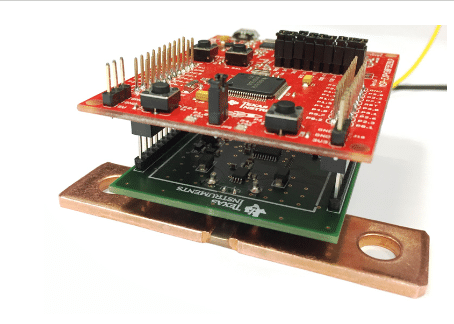Check out our coverage of DesignCon 2024.
The computational demands of AI are immense. But it’s connectivity, not computing, that’s becoming a limiting factor on the future of AI and high-performance computing (HPC) applications in data centers.
Synopsys pushes the limits of high-bandwidth, low-latency connectivity with the first complete set of IP for 1.6-Tb/s Ethernet. Its Ethernet controller IP uses PAM4 signaling to pump out up to 1.6 Tb/s of bandwidth, doubling what’s possible with today’s Ethernet at half the power. The IP includes 224-Gb/s Ethernet PHYs to meet the performance for chip-to-chip, chip-to-module, long-reach copper cables, optics, and PCB backplane connections over distances as short as 1 m out to more than 1 km.
“The massive compute demands of hyperscale data centers require significantly faster Ethernet speeds to enable emerging AI workloads,” said John Koeter, SVP of marketing and strategy for IP at Synopsys.
Synopsys said the IP is a complete set of general-purpose IP for 1.6T Ethernet that everyone from chip designers to systems companies can build into next-gen AI accelerators and other data-center silicon.
The Ethernet controller IP is also designed to have backward compatibility, supplying not only 1.6T of bandwidth, but also from 10G up to 200G, 400G, and 800G Ethernet, according to the semiconductor IP leader.
While it’s widely regarded as one of the leading players in the world of EDA software for chip design, the Silicon Valley-based company is also one of the leading purveyors of IP, including for high-bandwidth data connectivity, that can be plugged into larger systems-on-chip (SoCs). Synopsys presented the 224G Ethernet PHY at DesignCon in January before it rolled out the full 1.6T Ethernet solution last month.
Faster Ethernet for the Future of AI
Ethernet has been the networking backbone of the data center for decades. It’s primarily used to bridge short to long distances between chips in the same column of servers and switches between the racks.
While the technology industry at large is racing to roll out 400-Gb/s Ethernet to stay a step ahead of the huge amounts of data entering data centers, cloud providers and other companies on the forefront of the AI era are pushing the pace even faster. They’re building the largest data centers in the world and upgrading to ultra-fast connectivity based on 800-Gb/s Ethernet to unclog the sprawling networks behind them.






